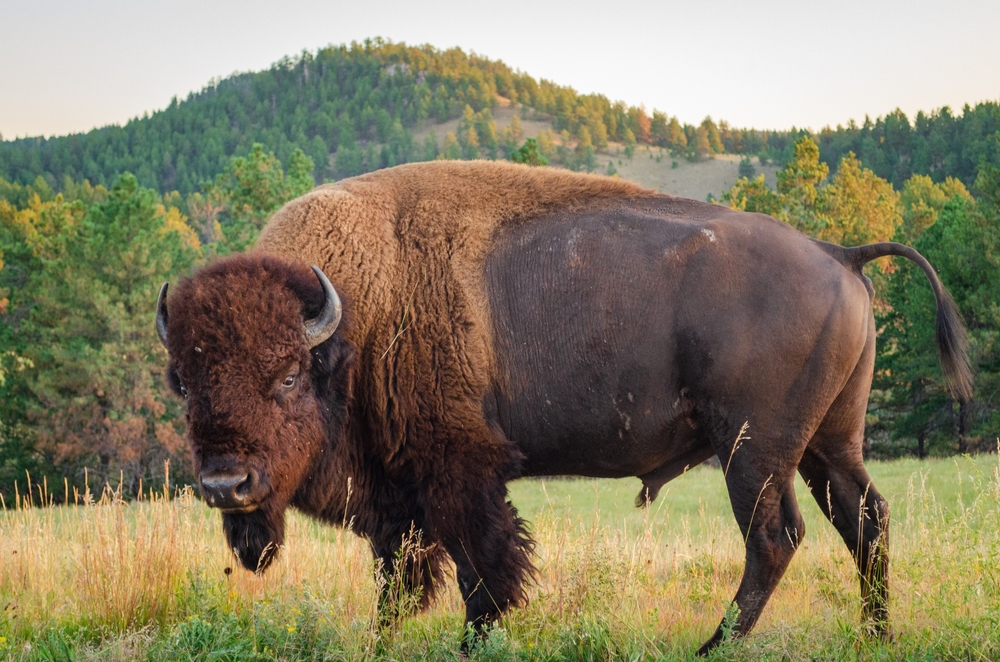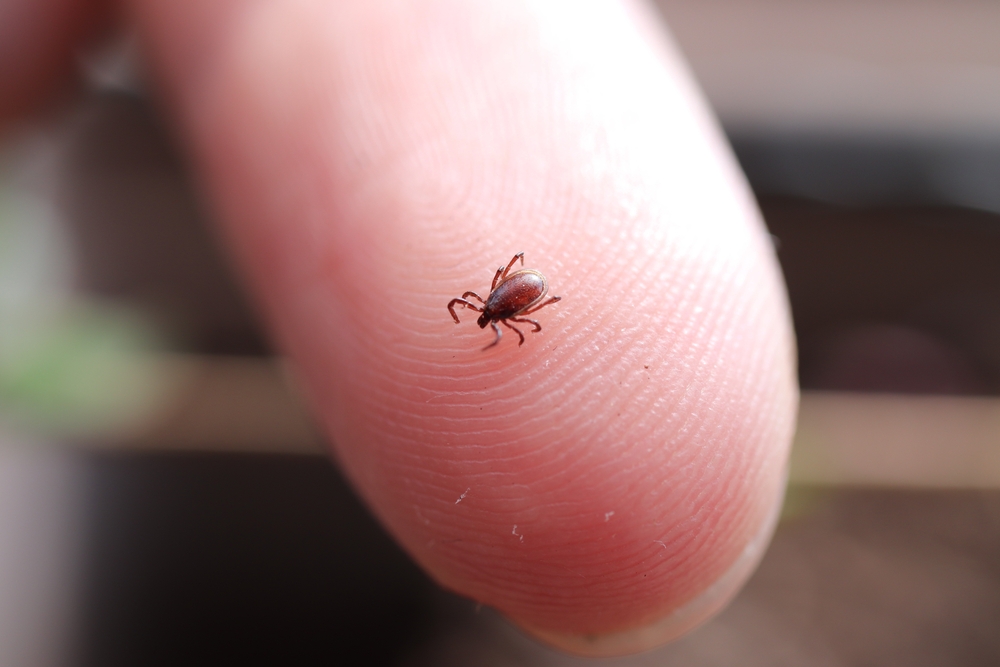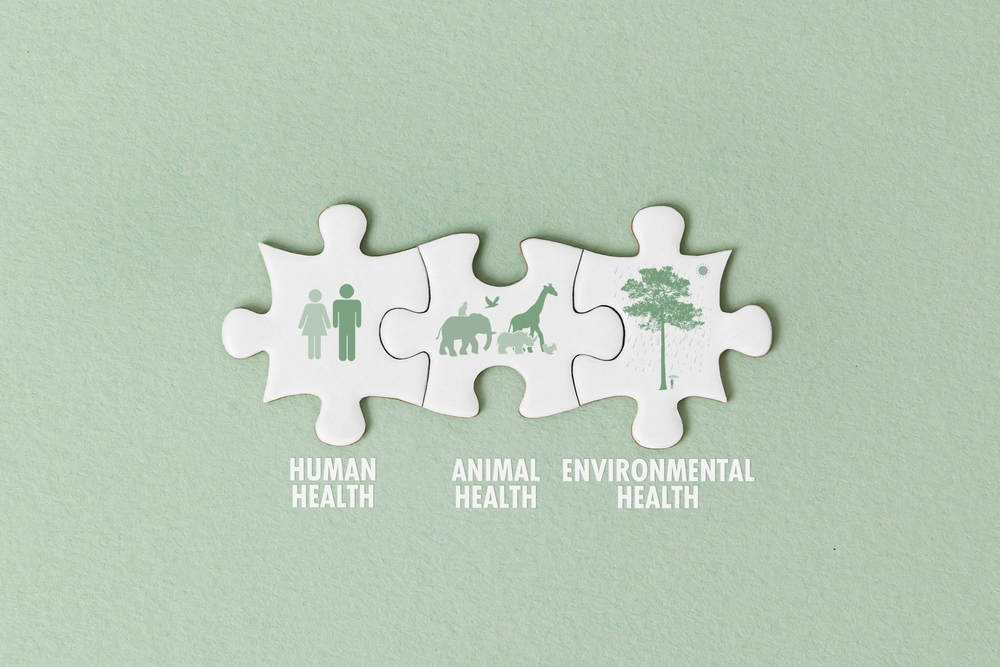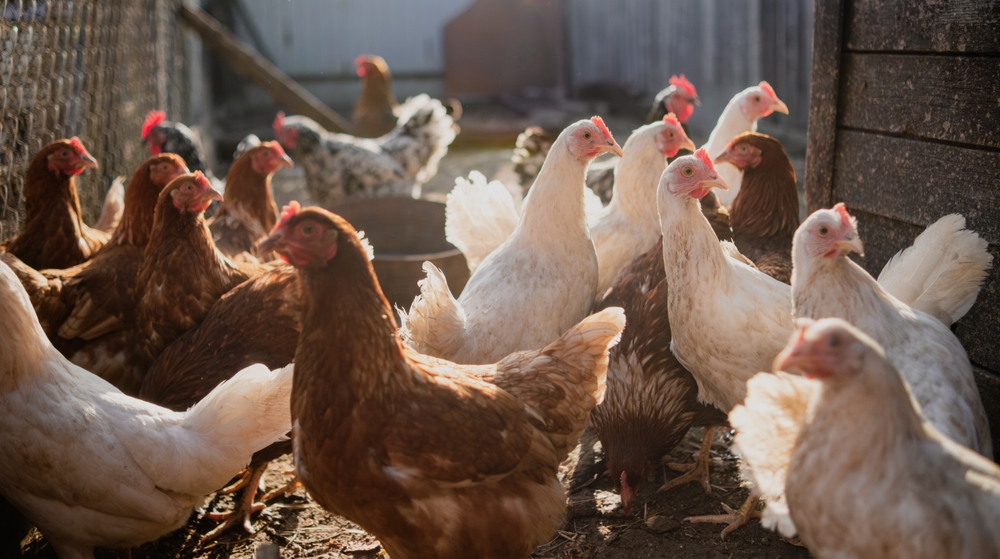Source: AVMA Veterinarian salaries in the U.S. have risen nominally over the past five years, but when adjusted for inflation, average real income has declined to roughly 2004 levels, according to AVMA economist Dr. Chris Doherty. In 2024, veterinarians earned an average real income of $154,000, while new graduates entering full-time roles averaged $129,000. The 2025 AVMA […]
read more
Editor
Recent Posts
Texas A&M Professor Offers New, Affordable Treatment for Herniated Discs in Dogs
by Editor | Dec 1, 2025 | Companion Animal, News

Source: Spectrum News 1 Dr. Nick Jeffery, a neurology and neurosurgery professor at Texas A&M’s Small Animal Teaching Center, has developed a new, affordable treatment for dogs with herniated discs, which is an alternative to costly and invasive spinal surgery. Traditional surgery can require deep incisions, intensive recovery, and costs of $8,000–$10,000, leading some owners to […]
read moreSource: AVMA Nominations are now open for the 2026 AVMA Excellence Awards, which honor veterinarians and nonveterinarians for significant contributions to animal health, welfare, public service, research, and the Veterinary profession. Award categories span a wide range of achievements, including the AVMA Award for advancing Veterinary medicine organizationally, the Animal Welfare Award, and honors recognizing excellence […]
read moreThere’s Going to be a ‘New’ Wild Animal Species in Colorado – and it Weighs Up to 2,000 Pounds
by Editor | Nov 30, 2025 | Agriculture, News

Source: Denver Gazette Beginning in January 2026, Colorado will classify bison as both livestock and wildlife, giving Colorado Parks and Wildlife (CPW) authority to manage free-ranging bison as part of a broader Western restoration effort. Once numbering an estimated 60 million, American bison were driven to near extinction by the late 1800s, including the disappearance of Colorado’s […]
read moreFirst Death Reported From Meat Allergy Caused by Tick Bite
by Editor | Nov 30, 2025 | Animal Health News

Source: NBC News A 47-year-old New Jersey airline pilot became the first known person to die from alpha-gal syndrome, a delayed red-meat allergy caused by tick bites. His death, initially unexplained, was reexamined by University of Virginia researchers after he collapsed hours after eating a hamburger in September 2024. Two weeks earlier, he had suffered severe gastrointestinal symptoms […]
read moreAlloy Partners Launches OneHealth Studio to Create Startups at the Convergence of Animal, Plant and Human Health
by Editor | Nov 29, 2025 | Animal Health Industry, News

Source: PR Newswire Alloy Partners has launched OneHealth Studio, a venture studio focused on creating startups at the intersection of animal, plant, and human health, in collaboration with Elanco Animal Health. Based in Indianapolis’ OneHealth Innovation District at Elanco’s global headquarters, the studio aims to unite researchers, investors, corporations, and entrepreneurs to accelerate innovation and strengthen Indiana’s startup ecosystem. Elanco, […]
read moreLyon College School of Veterinary Medicine Prepares for Comprehensive Accreditation Visit, Announces Four-Year DVM Curriculum
by Editor | Nov 29, 2025 | Animal Health Industry, News

Source: Lyon College Lyon College School of Veterinary Medicine (LCSVM) will undergo a comprehensive accreditation visit by the American Veterinary Medical Association’s Council on Education in summer 2026, which is a key milestone toward establishing Arkansas’s first private Veterinary school. The college is preparing a self-study report demonstrating compliance with 11 accreditation standards, covering areas from curriculum to […]
read moreNew Survey Reveals that Cat Owners Are Not Financially Prepared for Emergencies
by Editor | Nov 28, 2025 | Companion Animal

Source: Pumpkin A survey of over 1,200 U.S. pet owners reveals that 47% view their pets as “children,” yet many, especially cat owners, lack financial plans for emergencies. While 19% of dog owners have pet insurance, only 7% of cat owners do. Furthermore, 21% of cat owners have no financial safety net for pet care, relying […]
read moreFDA Issues Emergency Use Authorization for New World Screwworm Drug for Dogs
by Editor | Nov 28, 2025 | Companion Animal, News

Source: U.S. Food and Drug Administration The U.S. Food and Drug Administration (FDA) has issued its first-ever Emergency Use Authorization (EUA) for an animal drug, approving Credelio (lotilaner) chewable tablets to treat New World screwworm (NWS) infestations in dogs and puppies. Based on available evidence, the FDA determined that Credelio may be effective and that its potential benefits outweigh known risks. The authorization […]
read moreAAVSB Backs Veterinary Technician Voting Representation on State Boards
by Editor | Nov 27, 2025 | Animal Health Industry, News

Source: AAHA In a major step for the Veterinary profession, the American Association of Veterinary State Boards (AAVSB) has approved Resolution 2025-4, urging all states to include credentialed Veterinary technicians as voting members on their regulatory boards. The measure, adopted at AAVSB’s 2025 Annual Meeting, follows a 2024 proposal from the National Association of Veterinary Technicians in America (NAVTA) highlighting technicians’ […]
read moreChewy to Acquire SmartEquine, Expanding Leadership in the Equine Health Category
by Editor | Nov 27, 2025 | Animal Health Industry, News

Source: Chewy Inc. Chewy, Inc. announced it will acquire SmartPak Equine, LLC (recently rebranded as SmartEquine) from Covetrus, Inc., expanding its presence in the equine health and wellness market. SmartEquine is a leading U.S. provider of equine supplements, personalized nutrition programs, and tack products. The acquisition will strengthen Chewy’s position in the high-margin equine segment, adding SmartEquine’s subscription-based model […]
read moreCalifornia Joins Growing List of States Banning Cat Declawing
by Editor | Nov 26, 2025 | Companion Animal, News

Source: dvm 360 California has become the seventh U.S. state to ban cat declawing for nonmedical reasons after Governor Gavin Newsom signed Assembly Bill 867 (AB 867) on October 9, 2025. The law prohibits declawing, tendonectomy, or any claw-removal procedures unless medically necessary, with violators facing fines or loss of Veterinary licenses. While supported by animal welfare advocates as a major […]
read moreSource: WRDW In response to the ongoing 34-day government shutdown, local businesses in Augusta, Georgia, are stepping up to support affected families. Two State Towing and Euchee Creek Veterinary Clinic have joined food pantries and nonprofits in providing free food and supplies to residents facing financial strain and reduced SNAP benefits. Business owner Matthew Thomas of Two State Towing said […]
read moreBeaver Found Dead on Colorado River Tests Positive for Bacterial Disease
by Editor | Nov 25, 2025 | News

Source: KKTV 11 A beaver found dead on the Gunnison River in Colorado has tested positive for tularemia, a zoonotic bacterial disease caused by Francisella tularensis, according to Colorado Parks and Wildlife (CPW). The infection, confirmed by Colorado State University’s Veterinary Diagnostic Laboratory, can affect rabbits, hares, beavers, squirrels, and other rodents, and occasionally infects domestic animals and humans. Tularemia […]
read moreMeet the Dog Mayor Behind Somerville’s Most Important Paw-licies
by Editor | Nov 25, 2025 | Companion Animal, News

Source: The Tufts Daily Somerville, Massachusetts, has elected its first-ever dog mayor, a 10½-year-old rescue named Jake the Dog. Organized by local pet store Scritches & Boops, the lighthearted election featured 40 canine candidates, each campaigning on issues important to Somerville’s vibrant dog community. Jake’s strong local ties, built over a decade of walks, vet visits, and […]
read moreStudy Finds Antimicrobial Peptides Can Combat Salmonella Infections in Chickens
by Editor | Nov 24, 2025 | Animal Health Industry, News

Source: Phys Org A new study published in Microbiology Spectrum shows that antimicrobial peptides (AMPs) can effectively combat Salmonella infections in chickens, offering a promising alternative to antibiotics. Led by Dr. Gireesh Rajashekara of the University of Illinois Urbana-Champaign’s College of Veterinary Medicine, the research identified short amino acid chains capable of killing multiple Salmonella strains both in laboratory tests […]
read moreClemson Veterinary College Opens Applications for Inaugural Class
by Editor | Nov 24, 2025 | Animal Health Industry, News

Source: AVMA Clemson University’s Harvey S. Peeler Jr. College of Veterinary Medicine, South Carolina’s first Veterinary college, has reached a major milestone toward accreditation from the AVMA Council on Education (COE). Following a June 2025 site visit, the AVMA COE issued Clemson a letter of reasonable assurance, allowing the university to recruit students for its inaugural […]
read moreCollege of Veterinary Medicine Researchers Prepare the U.S. for Global Animal Disease Threats
by Editor | Nov 23, 2025 | News, Veterinary Practice

Source: University of Minnesota A single outbreak of a foreign animal disease such as foot-and-mouth disease, African swine fever, or peste des petits ruminants can devastate livestock industries, causing billions in losses, trade bans, and mass culling. Although the U.S. remains free of these diseases, researchers at the University of Minnesota’s College of Veterinary Medicine and its Center […]
read moreSource: Virginia Tech At Virginia-Maryland College of Veterinary Medicine, parasitologist Rajshekhar Gaji discovered that disabling a single protein, TgAP2X-7, kills Toxoplasma gondii, a parasite infecting about 40 million Americans and one-third of the global population. Normally dormant in healthy people, Toxoplasma can become deadly when immunity weakens or during pregnancy. Current drugs only target the acute stage, leaving the chronic brain […]
read moreAnimal Clinic Offers Services to Government Employees During Shutdown
by Editor | Nov 22, 2025 | Animal Health Industry, News

Source: Yahoo! As the federal government shutdown enters its fifth week, the Indraloka Animal Sanctuary in Falls Township, Pa. is expanding services at its NEPA Rescue Veterinary Clinic to assist government employees affected by the stoppage. Director of Development Robin Olson said the initiative aims to ease the burden for families forced to choose between caring for themselves and their pets. […]
read moreContributors
Archives
- December 2025
- November 2025
- October 2025
- September 2025
- August 2025
- July 2025
- June 2025
- May 2025
- April 2025
- March 2025
- February 2025
- January 2025
- December 2024
- November 2024
- October 2024
- September 2024
- August 2024
- July 2024
- June 2024
- May 2024
- April 2024
- March 2024
- February 2024
- January 2024
- December 2023
- November 2023
- October 2023
- September 2023
- August 2023




